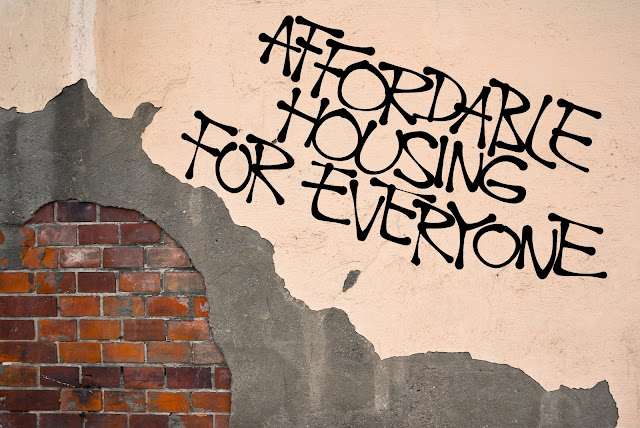The Fight for Social and Economic Equality Must Continue!
New York City (NYC) recently reached levels of homelessness not seen since the 1930s and 2017 has had the highest number of sheltered persons ever. As of February 7, there were 61,075 homeless people—including 22,967 homeless children, sleeping each night in the NYC homeless shelter system. This number does not include the official street homeless tally which is now nearing 4,000, or approximately 20,000 individuals in shelters operated by municipal Domestic Violence shelters, HIV/AIDS Service Administration (HASA) temporary housing, runaway and homeless youth shelters, and some other smaller systems aren’t include in the NYC Department of Homeless Services (DHS) census. NYC has the largest homeless population of any US city, and 3rd largest in per capita terms. Unsurprisingly, the city’s shelters are at full capacity and can’t handle further increases in the homeless population.
It’s clear there is an unacceptable number of homeless persons living in
NYC’s shelters and on the streets. But
a lesser known fact is that homeless individuals in New York City are
disproportionately single, male, and persons of color. Approximately
58% of the city’s homeless shelter residents are African-American (more than
double the general population) and 31% are Latino; an estimated 80% of homeless
living on the street (unsheltered homeless) are single men. What is the cause of this? Well,
there are several contributing factors, one being a racial gap in wealth in the
United States.
For decades, the
United States has faced a persistent racial gap in income and wealth. A gap
that has only increased over the years. A
report by the Pew Research Center found that “The Great Recession of
2007-2009” widened the gap even further. The two-minute video below illustrates
this stark reality.
Other
research shows that 62.9% of African American children born in the “bottom
income fourth” remain in that income bracket as adults, compared to 32.3% of
white children who remain in the bottom income fourth. With homelessness in New
York City at its highest numbers since the Great Depression and over 50 percent
of the homeless population in NYC being African American, there is no question
that the wealth gap is a significant contributing factor.
On
Monday, AMNY reported an “affordability crisis” in NYC, where the median asking rent in NYC jumped from
$1,400 in 2014 to $1,875 in 2017. A 33 percent increase in rent is a cost that
many New Yorkers cannot pay. The cost of housing in NYC is increasingly out
of reach for many, consuming an ever greater share of monthly income. Over half of the residents in the CFH
service area spend at least 30% of their income on rent (47% in Manhattan, 56%
in Queens and Brooklyn, and 61% in the Bronx). This, in turn, drives the
increasing number of the city’s homeless, with attendant dislocation and impact
on physical and mental health. This is why affordable housing in NYC is becoming more important than ever before.
Affordable housing is critical in preventing and exiting from homelessness. On a positive note at the state level, affordable housing has received a funding boost for the next 5 years. Last year, New York State passed Affordable Housing legislation which provides $2.5B in funding to build 110,000 units over the next 5 years; this represents a substantial state commitment to the initiative, amidst federal uncertainty. That uncertainty has recently increased. This years’ proposed $8.8B federal budget cut to the US Dept. of Housing & Urban Development could lead to a $936M cut to New York City Housing Authority (NYCHA) funds, including rental assistance programs such as Section 8. The consensus is that HUD program cuts would likely increase city homelessness.
So, what can we
do to stop the HUD federal budget cut and other injustices that African
Americans and people of color face in the United States? Continued and
persistent advocacy to ensure that NYC and the rest of our country establishes
homeless prevention programs and policies to ensure affordable housing for
homeless and at-risk individuals. As
the data above illustrates, many New Yorkers are at risk for homelessness. And
if this years’ proposed budget is approved, the number of homeless individuals
in the United States is guaranteed to increase. CFH is dedicated to helping to
shape public policies that stop a problem which has spiraled out of control.
Through active participation in public activities around the city, engaging and
educating politicians, and letters to print and other media, CFH plays a role
in shaping homeless prevention policies. And with your support, we will
continue to do so. This Black History Month, we ask that you join the fight
against homelessness by enlisting in the Care for the Homeless Grassroots
Advocacy Network. To sign-up and take action, please click
here.






Comments
Post a Comment